This is the success story of an early twenties female with bilateral tibialis posterior dysfunction, along with Ehlers-Danlos syndrome, which is characterised by hypermobility.
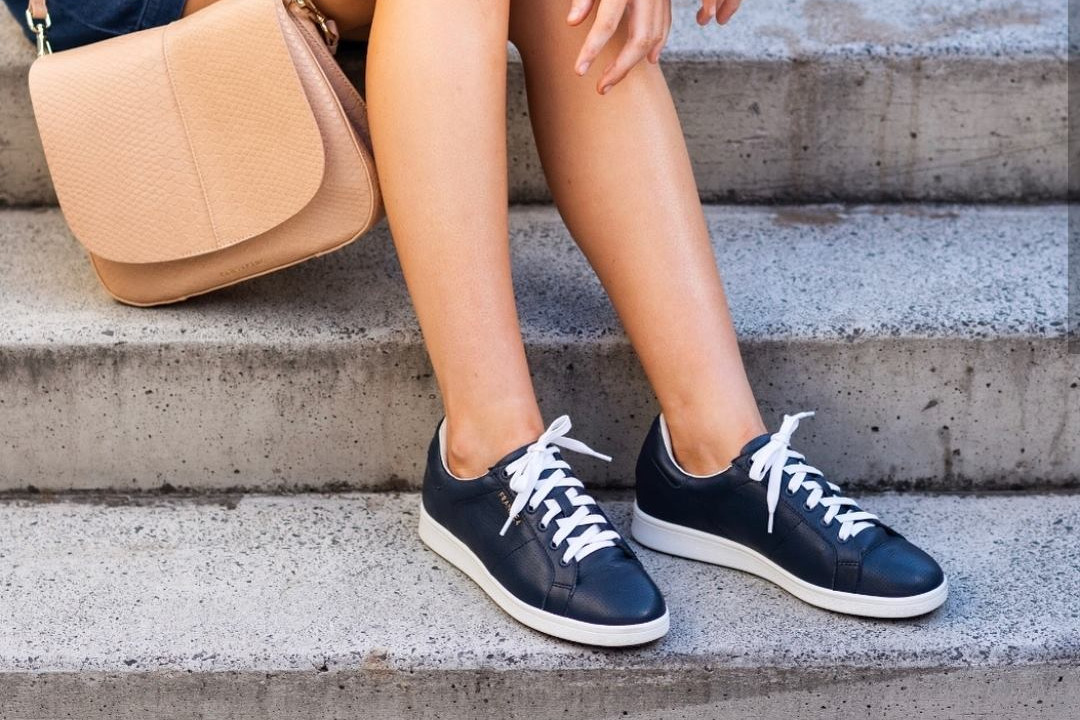
Her primary concern is significant medial ankle pain.
She has experimented with various types of braces in an attempt to manage the pain, but none have proven effective, and some have even caused added pressure on the inside of the ankle, specifically the medial malleolus.
The inspiring person contacted Orthotics Plus with the goals of reducing pain and mobilisation for improved walking.
Patient-directed care
The patient has experimented with various devices and provided valuable feedback on what works and what doesn’t.
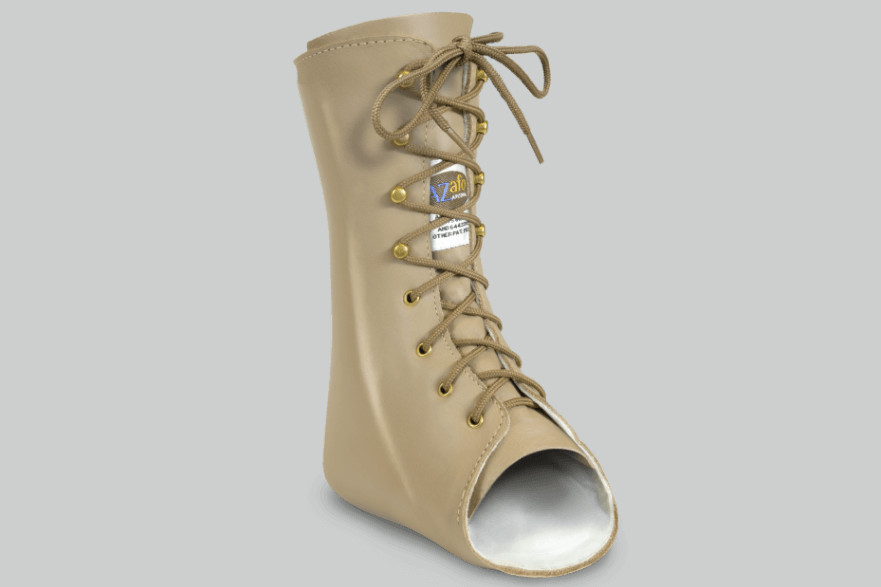
Given her history of experiencing significant pressure on the medial side of the ankle, we understood that overly rigid options might not be suitable for her, even though they were clinically indicated.
We also explored the option of an Arizona ankle brace, which, while having some rigidity, seemed promising.
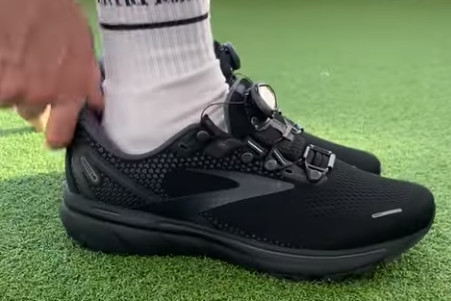
We examined the use of simple foot orthotics and modifications to footwear.
Additionally, we considered a propulsion AFO with high ankle stability, which features a flexible inner component, aiming to minimise excessive pressure on the medial side.
Deciding on the appropriate path forward
We initially experimented with a propulsion AFO to address her limited dorsiflexion control, almost resembling a slight foot drop. The propulsion AFO seemed like a comprehensive solution given its ankle coverage.
However, when we tested this, it resulted in medial ankle pain, and she couldn’t wear it comfortably.
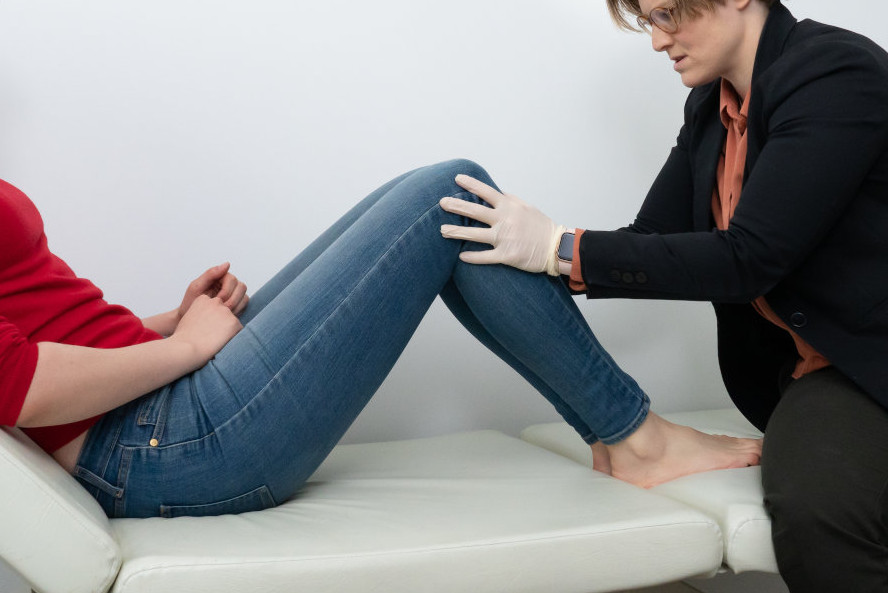
We realised that even a relatively flexible propulsion AFO likely would not work.
It was at this point that we needed to explore a fundamentally different approach.
This is when the gauntlet AFO became an attractive option. It stands out because it offers flexibility on the medial side of the ankle, thereby exerting minimal pressure on the medial malleolus, while still providing stability to the ankle and foot.
The gauntlet AFO emerged as the most suitable choice.
Understanding the Gauntlet AFO
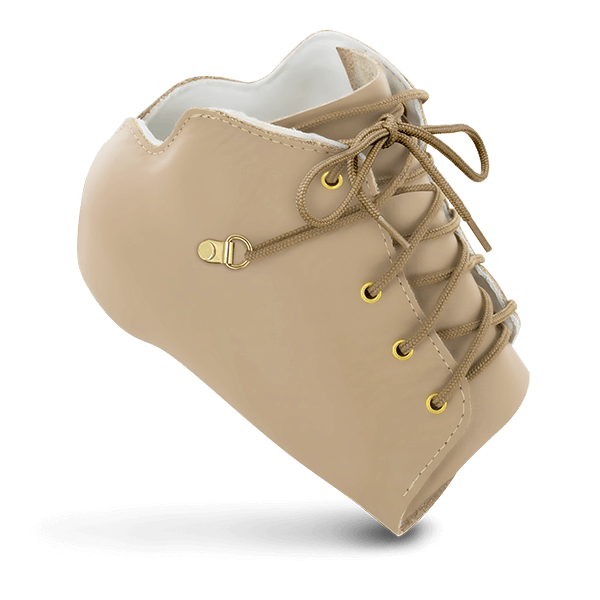
The gauntlet style AFO refers to the design of the AFO, which is a three-dimensional printed wraparound style.
Think of it as a contemporary version of what we commonly refer to as an Arizona AFO. This AFO style can be secured with either laces or Velcro, and it’s available in different heights.
In her case, we recognised the need for maximum support, so we opted for the slightly taller version.
How do Orthotists choose between laces or velcro?
We considered the method of closure – laces versus Velcro. Knowing that she has the flexibility and dexterity to manage laces, we chose the gauntlet-style AFO with laces as it offers the best balance of support and functionality for her.
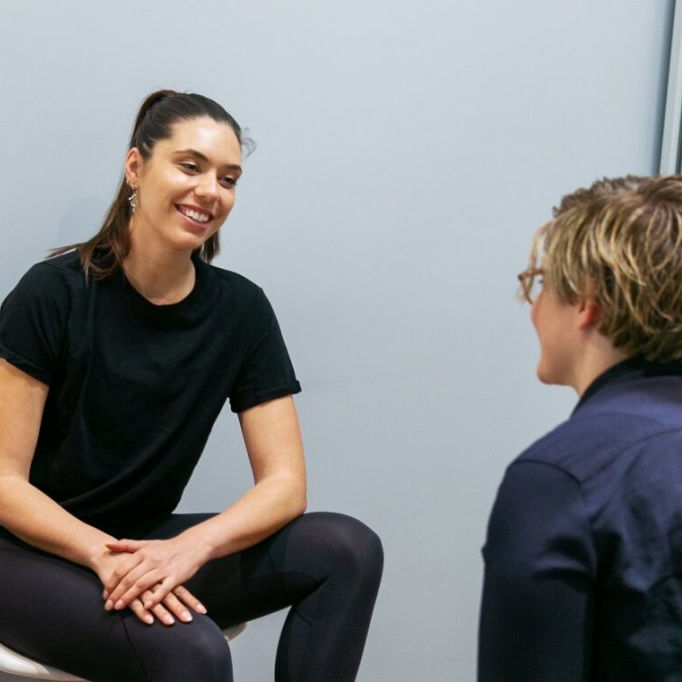
Laces offer the advantage of allowing wearers to customise the fit of the brace in specific areas. You can tighten one section more than another, making it easier to achieve a precise fit.
In contrast, Velcro typically involves using two or three straps, which provide less adjustability compared to laces. Laces will generally last longer too.
Working together for the right fit
After manufacturing, we conducted an assessment to perform the final fitting part of the process.
When it comes to controlling foot posture, the approach proved effective in preventing medial ankle pain and pressure. The patient didn’t experience any discomfort in those areas.

However, she mentioned that she would appreciate more arch support from the foot orthotic, and we made a minor adjustment during the initial fitting.
Overall, our first fitting session was successful in achieving our initial goals.
Patient feedback
The feedback from the patient a few weeks later was consistent with her experience on the fitting day, indicating that she continued to have no medial ankle pressure, allowing her to comfortably wear the device – a significant improvement over previous options.
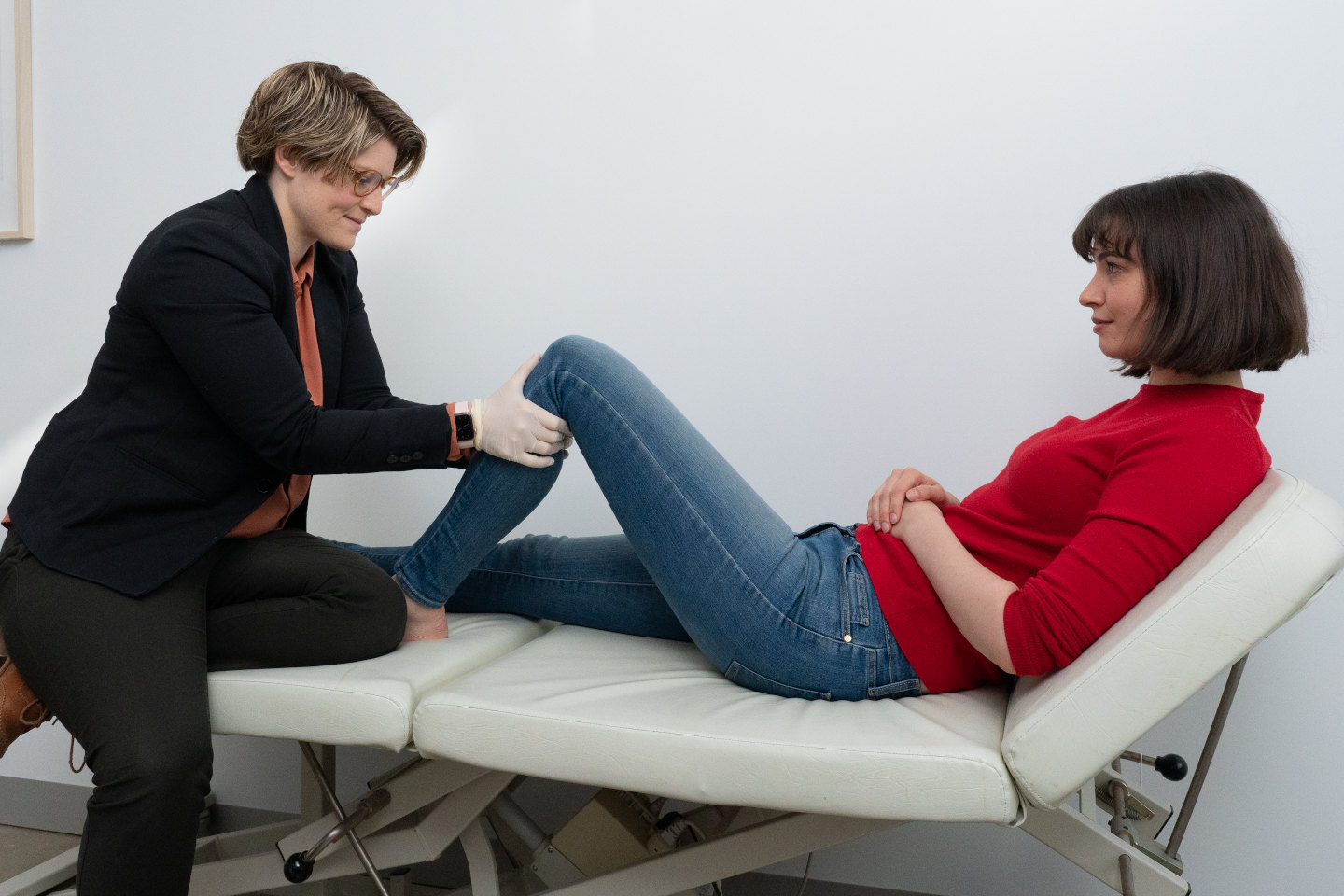
The only concern she raised was related to the foot orthotic. Because she needed slightly larger shoes, the foot orthotic turned out to be slightly shorter for her footwear, causing it to shift around. To solve this we extended the footplate of the foot orthotics to ensure it securely snugly inside her shoe.
She expressed overall satisfaction with the solution.
At Orthotics Plus, we appreciate feedback like this as we see it as an opportunity to serve the patient to the best of our ability.